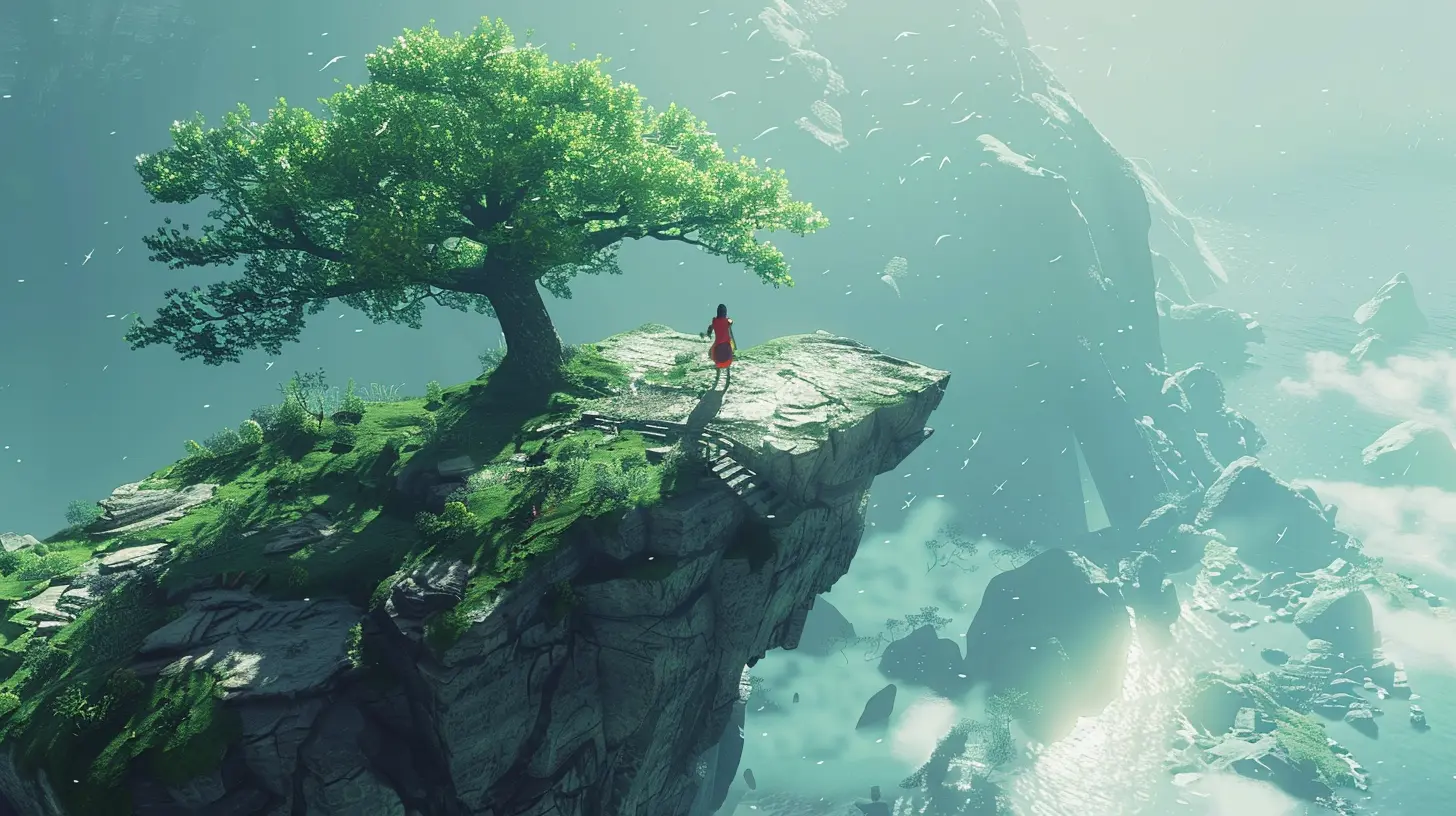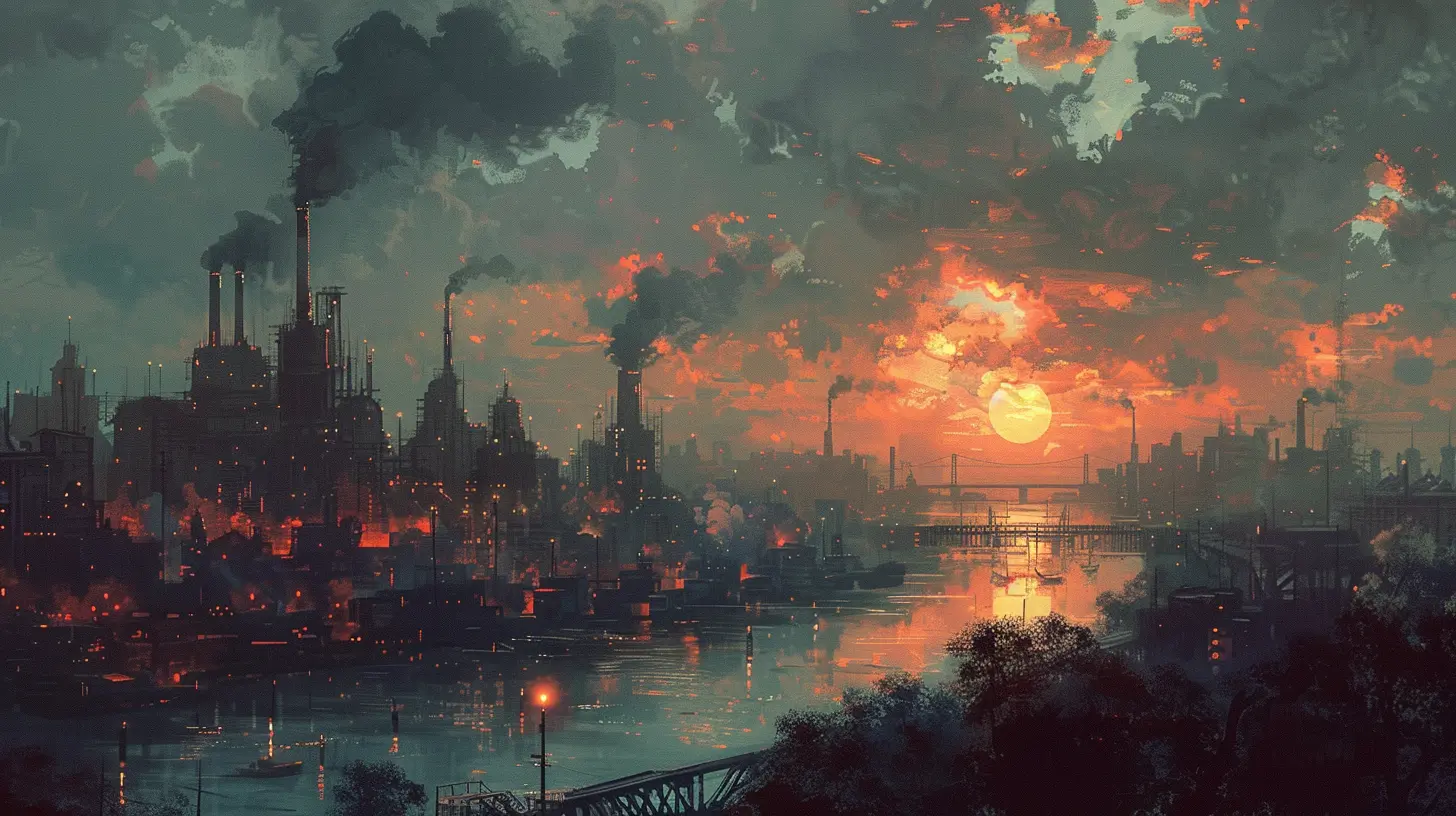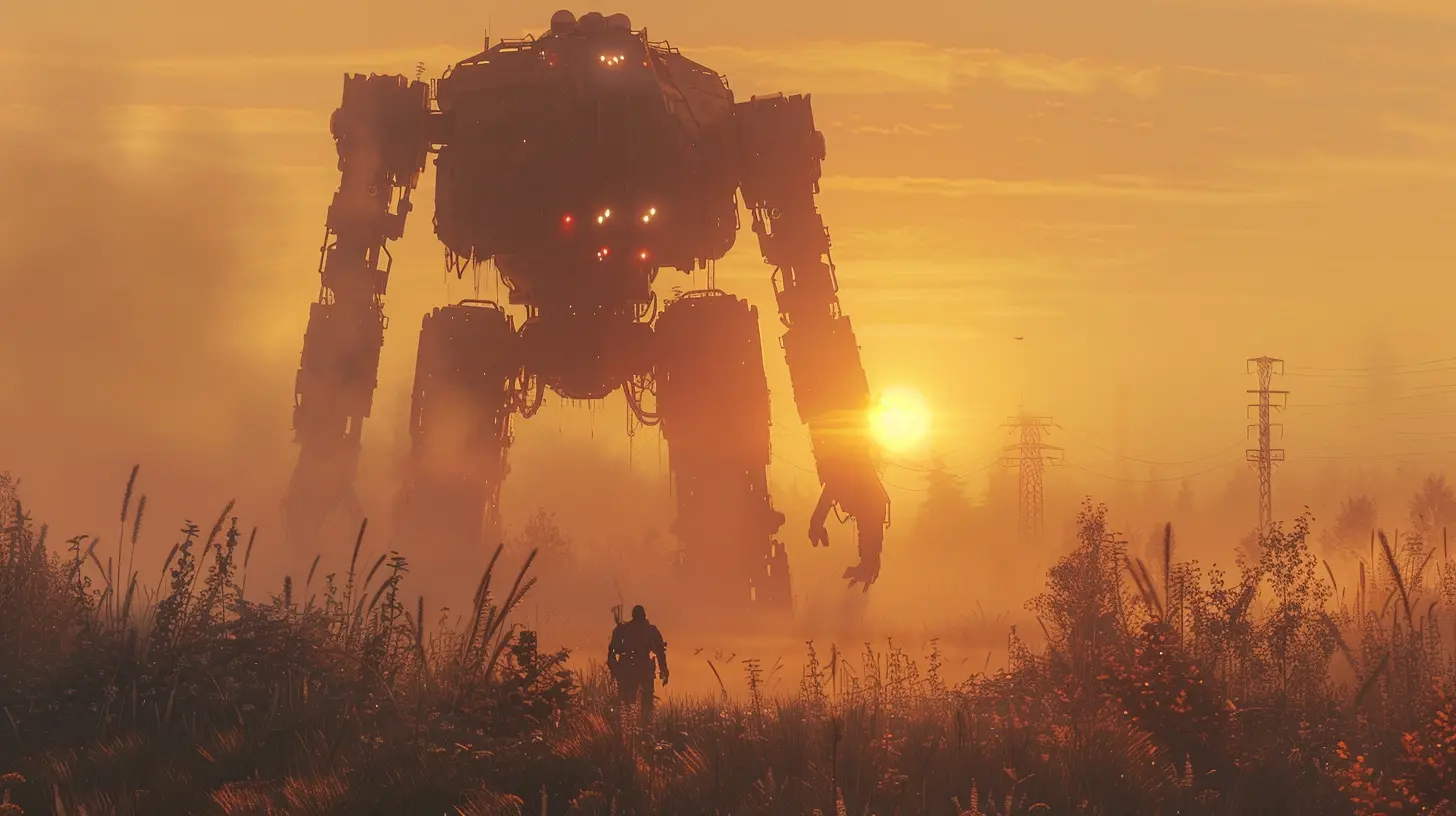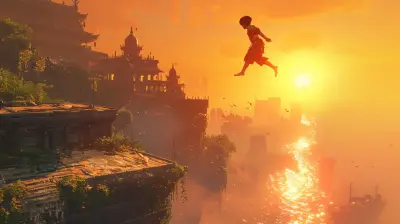The Impact of Steam Greenlight on Indie Developers
18 July 2025
Have you ever wondered what it takes for an indie game to make it big? For years, indie developers struggled to get their games in front of a wider audience. Then, along came Steam Greenlight, a platform that brought hope, chaos, and controversy all rolled into one. If you’re someone who loves gaming or just wants to understand how indie developers caught their break, buckle up—this one’s for you.

The Birth of Steam Greenlight
Steam Greenlight launched in 2012, a time when indie games were fighting for a place on digital shelves. Valve, the company behind Steam, saw an opportunity to give smaller developers a shot. Greenlight worked like this: developers would post trailers, screenshots, and descriptions of their games. Steam users would then vote for the ones they wanted to play. If a game got enough votes, it could get published on Steam. Sounds like a win-win, right?For indie developers, it was like opening the gates to a treasure trove. Before Greenlight, getting a game published on Steam meant going through a tough (and often secretive) approval process. Greenlight democratized that process. Now, it wasn’t just Valve deciding what makes it onto the platform—it was the gaming community itself.
But did it actually help indie developers? That’s where things get interesting. 
Boosting Visibility: The Pros of Steam Greenlight
A Direct Line to Gamers
For indie developers, Greenlight was like shouting into a megaphone. It gave them a platform to showcase their work to millions of gamers worldwide. Before this, developers had to rely on sheer luck or spend a fortune on marketing. With Greenlight, a well-made trailer or a compelling story could do the trick.Had a crazy idea for a zombie survival game? Throw it on Greenlight. Made a cute puzzle game with cats? Greenlight was the place to see if people were into it. In many ways, it was a testing ground. And when gamers responded positively, developers knew they had something special.
Leveling the Playing Field
Let’s be real: not every indie developer has the budget of a AAA studio. Greenlight leveled the playing field. It didn’t matter if you were a one-person team or a small group of friends working out of your basement. All that mattered was the quality of your pitch and your ability to win over the community.Games like Stardew Valley and Papers, Please—which later became massive hits—benefited from this democratized process. Greenlight made it clear: you didn’t need millions of dollars to create something extraordinary. 
The Dark Side of Steam Greenlight
Okay, let’s not sugarcoat it. While Steam Greenlight sounded fantastic on paper, it wasn’t without its issues. In fact, for every success story, there seemed to be ten cautionary tales.Oversaturation and Low-Quality Games
Imagine a floodgate opening, and instead of a steady stream, you get a tsunami. That’s what happened on Greenlight. The sheer number of games pouring in quickly became overwhelming. And not all of them were, well, good.Some developers uploaded incomplete games, hoping to cash in quickly. Others didn’t even hide the fact that their games were rip-offs of existing titles. For indie developers who had poured their soul into their projects, this was frustrating. It became harder and harder to stand out in the ever-growing crowd.
Vote Manipulation
Another issue? Vote rigging. Some developers used shady tactics to game the system—offering free copies, promising in-game rewards, or straight-up begging for votes. While a bit of hustling is understandable, it created an unfair playing field. Genuine developers who played by the rules often got buried under those who didn’t.Lack of Oversight
Valve famously took a hands-off approach to Greenlight, which only added to the chaos. There were no clear criteria for success, and the lack of moderation meant that even low-effort or outright scam games could get through. For gamers, this led to disappointment. For developers, it meant their carefully crafted projects could get lost in the noise.
The Legacy of Steam Greenlight
So, where does that leave us? Steam Greenlight shut down in 2017 and was replaced by Steam Direct, a system where developers pay a fee to publish their games. But despite its flaws, Greenlight left behind a lasting impact.A Stepping Stone for Indies
For all its shortcomings, Greenlight did something remarkable: it gave indie developers a voice. It opened up a conversation between creators and gamers, something that hadn’t existed on such a large scale before. The feedback developers received through Greenlight often shaped their games for the better.And let’s not forget the success stories. Iconic games like Undertale owe part of their journey to Greenlight. These games proved that you don’t need a big-name publisher to create something that resonates with millions.
Lessons Learned
Steam Greenlight also served as a massive learning experience—for both Valve and the indie scene. Developers realized the importance of marketing and community engagement, while Valve learned that democratizing game publishing isn’t as simple as it seems.Was Steam Greenlight Worth It?
If you ask indie developers, you’ll probably get mixed reactions. Some will tell you it was the best thing that ever happened to them. Others will recount horror stories of being drowned out by low-effort games or shady competitors.Steam Greenlight wasn’t perfect—far from it. But it was ambitious. It tried to solve a problem that no one else was addressing, and for that, it deserves credit.
Think of it like an experimental lab. Sure, not every test worked, but the ones that did changed the landscape forever. Indie games are now more popular than ever, and platforms like Steam Direct, Itch.io, and even the Epic Games Store owe some of their structure to Greenlight’s early attempts.
Closing Thoughts
Steam Greenlight was a wild ride. It brought both incredible opportunities and glaring challenges to the indie scene. While it’s no longer around, its impact continues to ripple through the gaming world.For indie developers, it was a lesson in perseverance, creativity, and the power of community. And for gamers? It was a reminder that sometimes, the best stories come from the most unexpected places.
all images in this post were generated using AI tools
Category:
SteamAuthor:

Stephanie Abbott
Discussion
rate this article
2 comments
Reece Ross
Steam Greenlight was a double-edged sword for indie developers. While it democratized game publishing and offered exposure, it also flooded the market with low-quality titles, making it harder for gems to stand out. The platform's evolution reflects the ongoing struggle between accessibility and quality in indie gaming.
November 12, 2025 at 5:58 PM

Stephanie Abbott
Absolutely, Steam Greenlight revolutionized indie publishing by providing access but also led to market saturation, complicating the discovery of high-quality titles. This highlights the ongoing challenge of balancing accessibility with quality in the indie gaming scene.
Allison Bowers
Steam Greenlight: Gateway or Gamble?
July 30, 2025 at 2:51 PM

Stephanie Abbott
Steam Greenlight was a gateway for many indie developers to reach broader audiences, but it also posed risks due to high competition and varying levels of quality.


